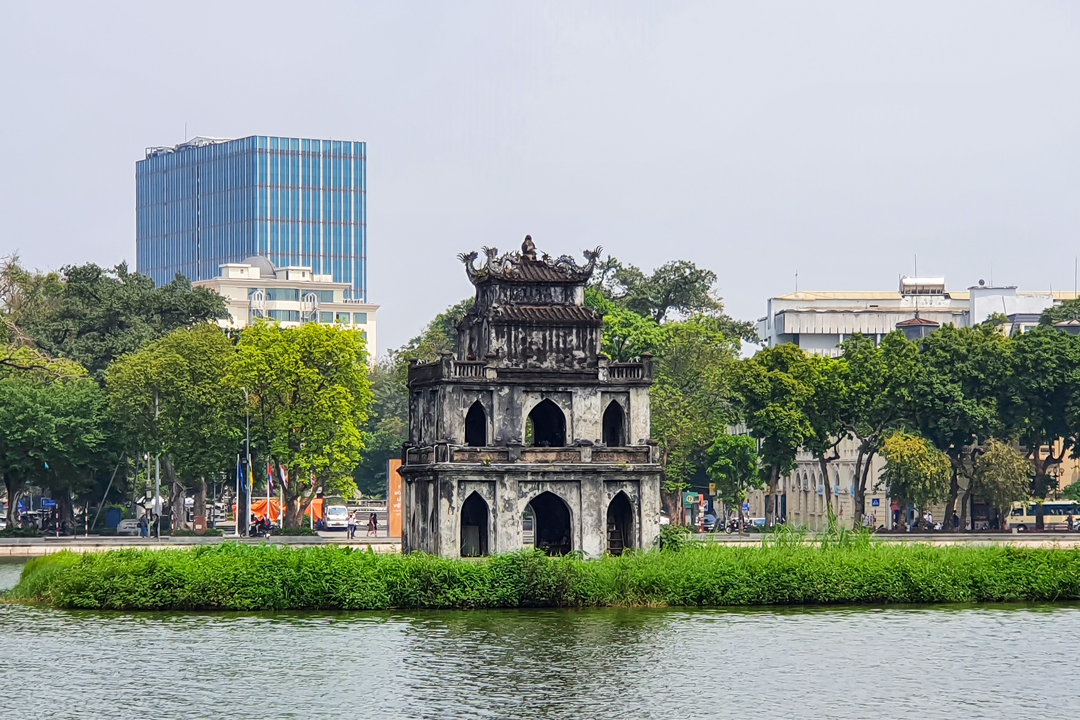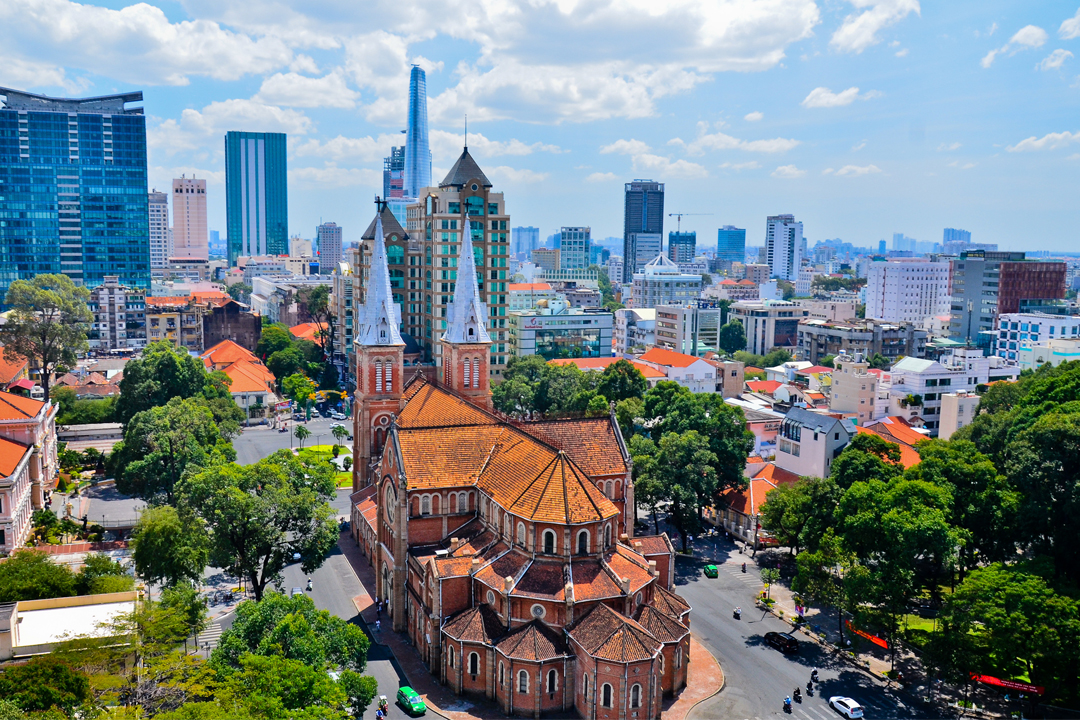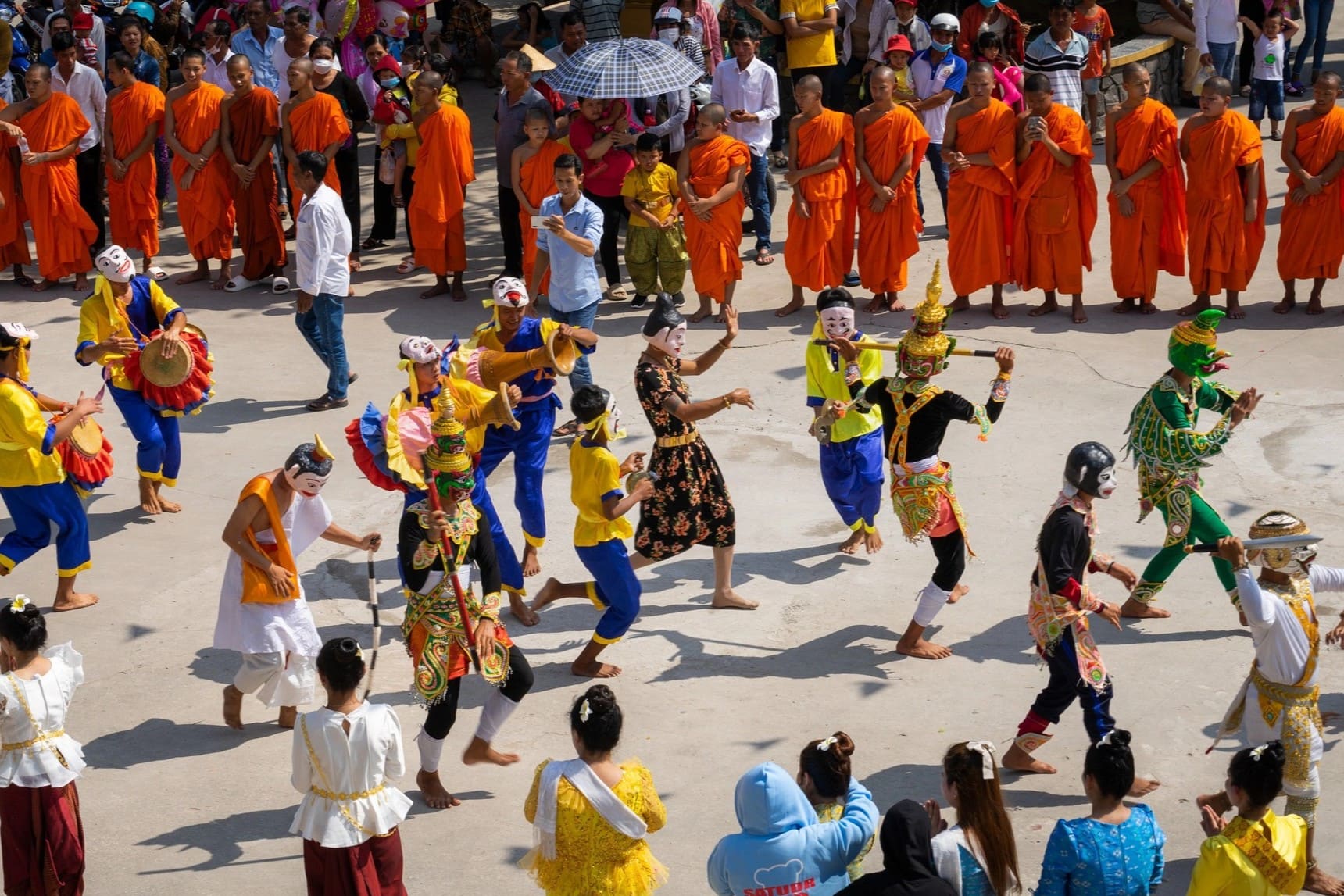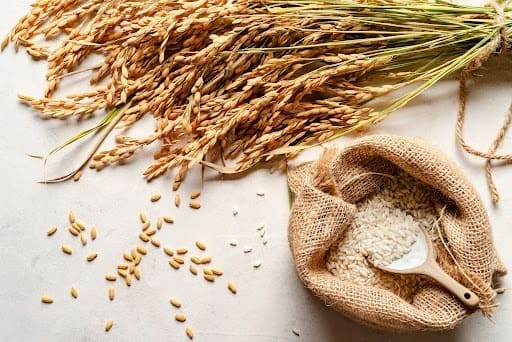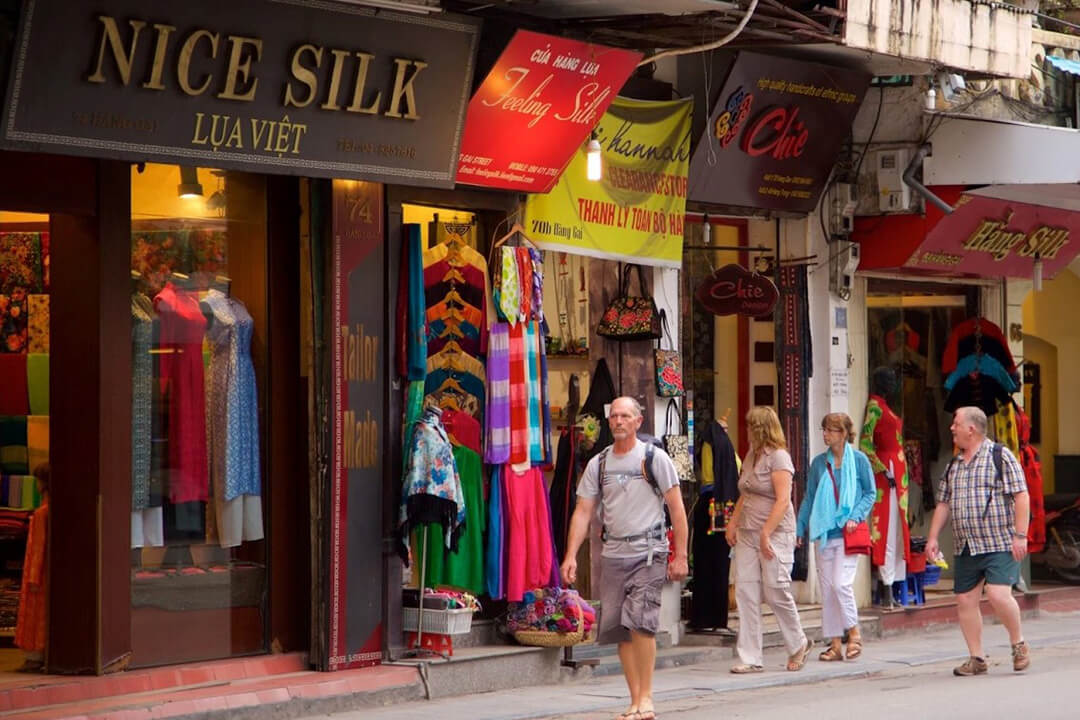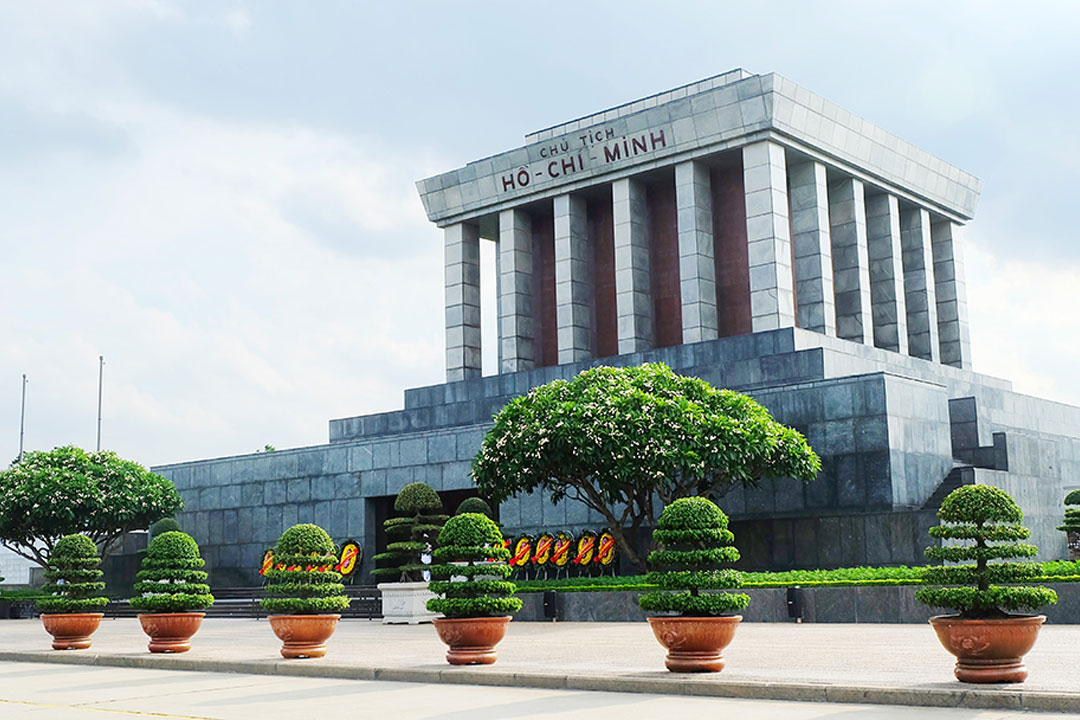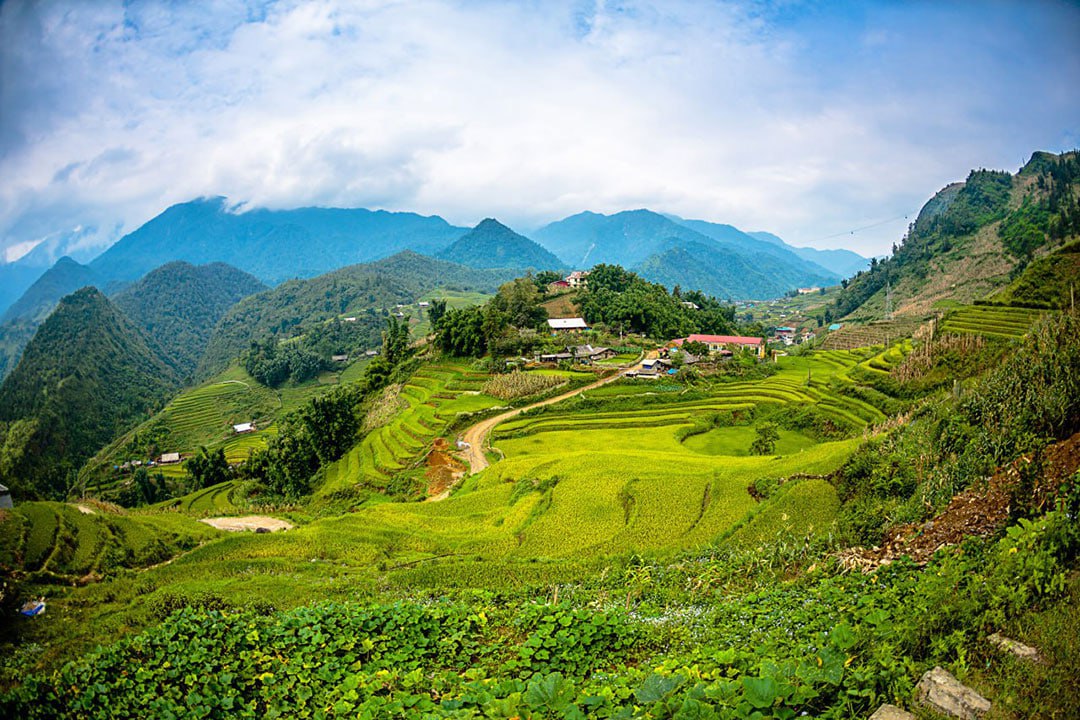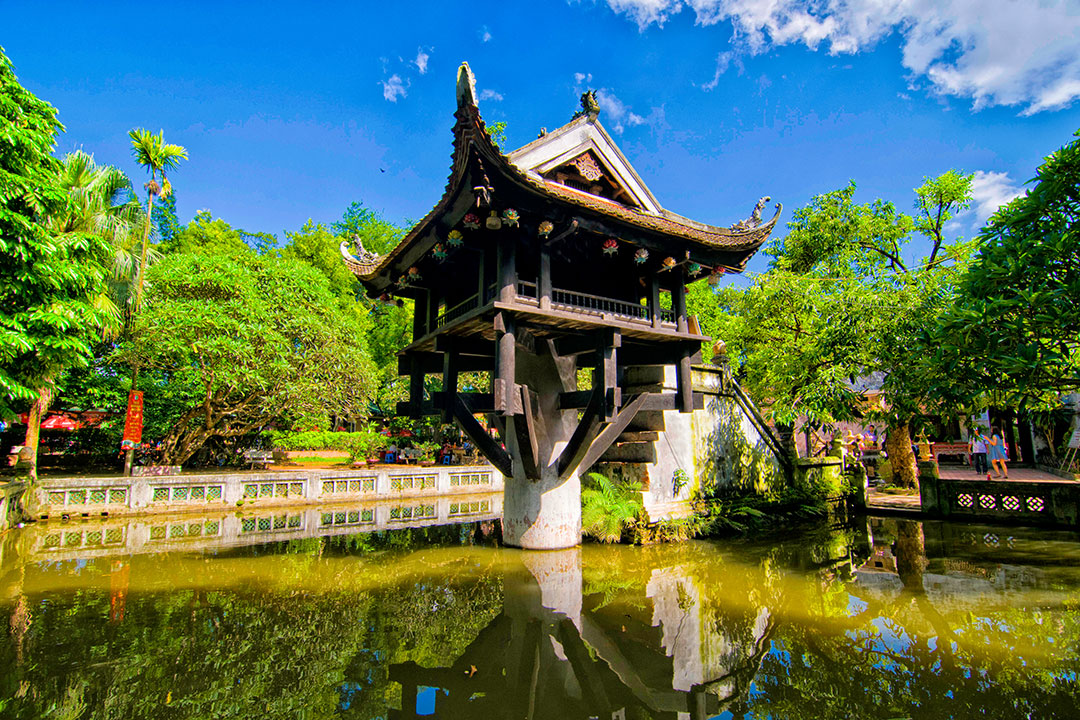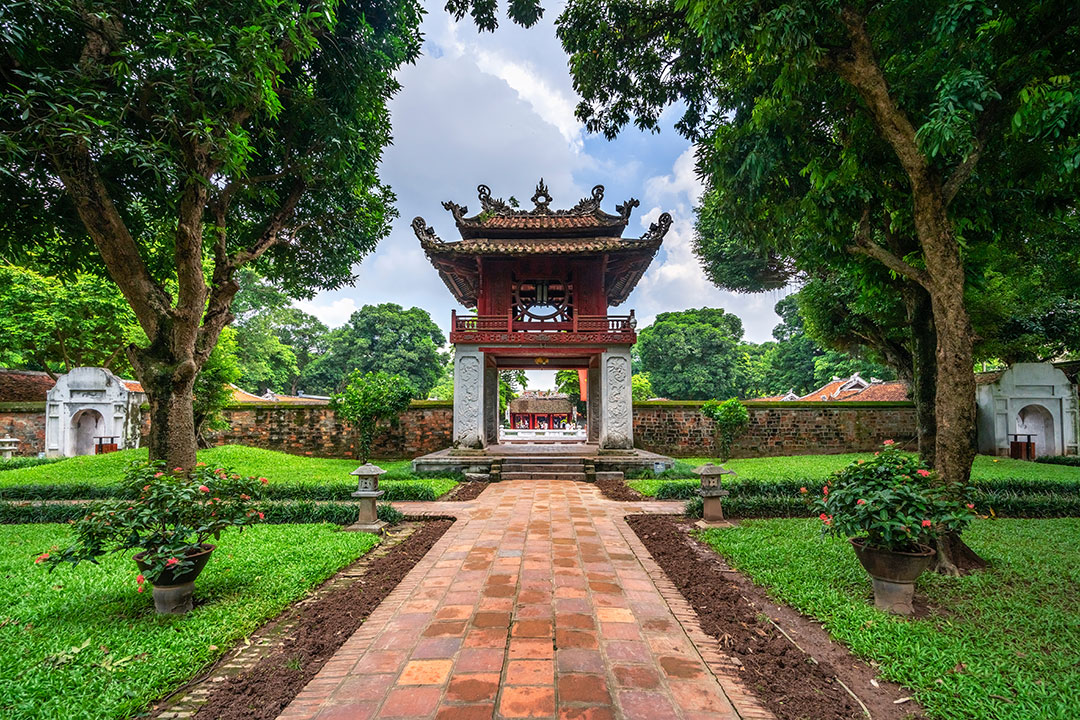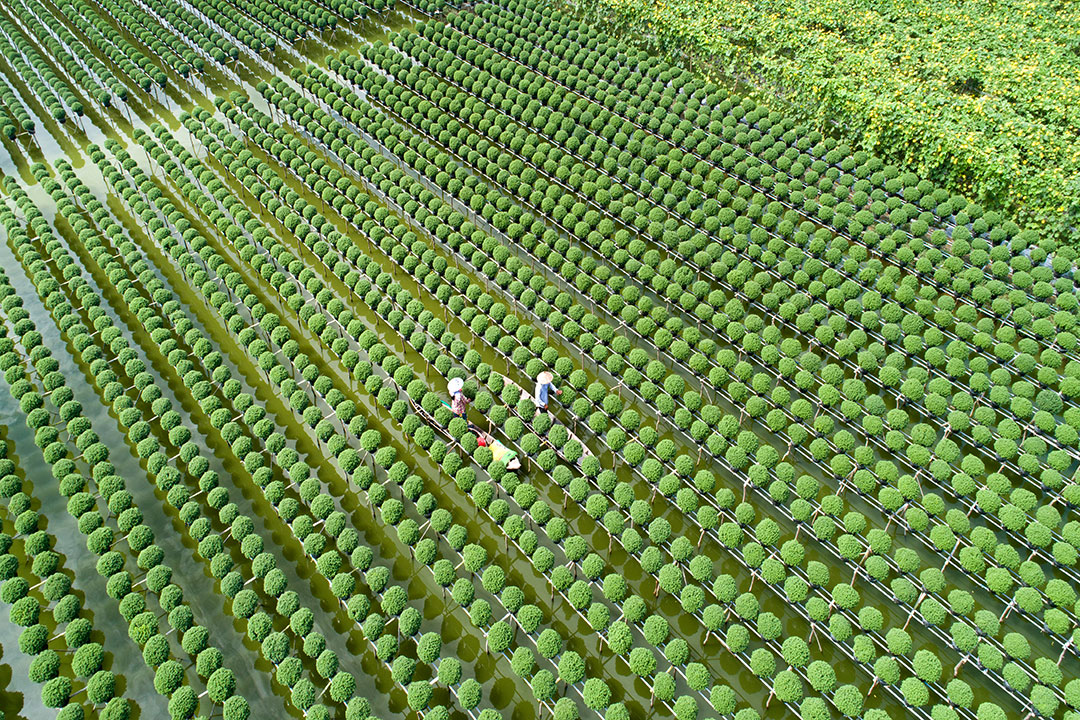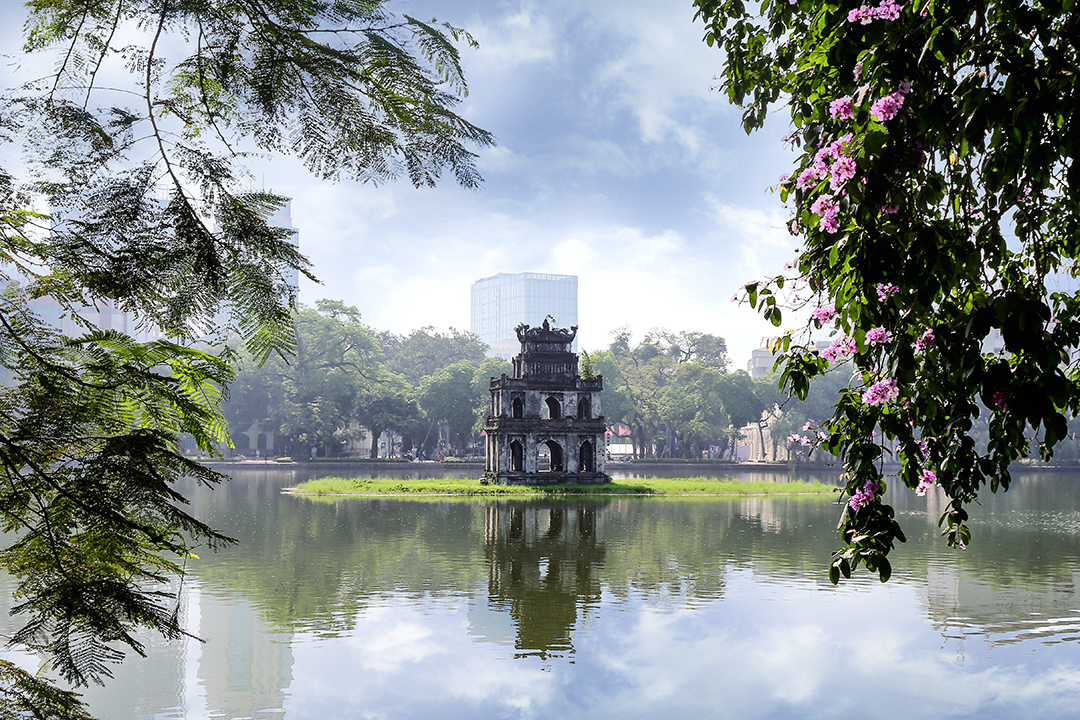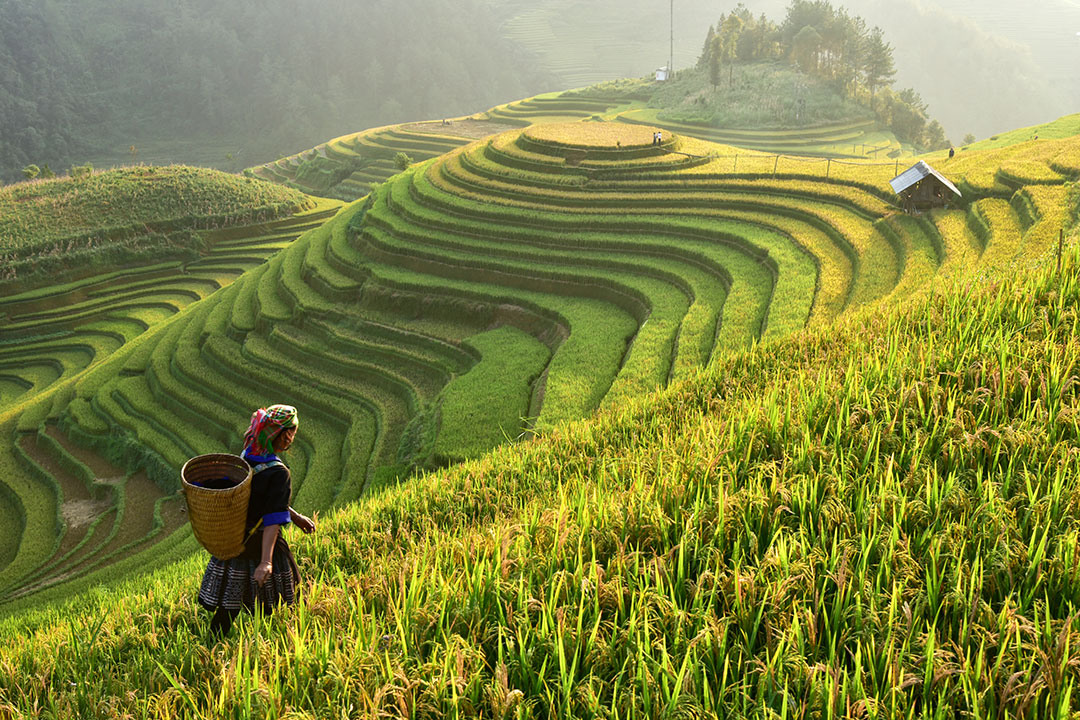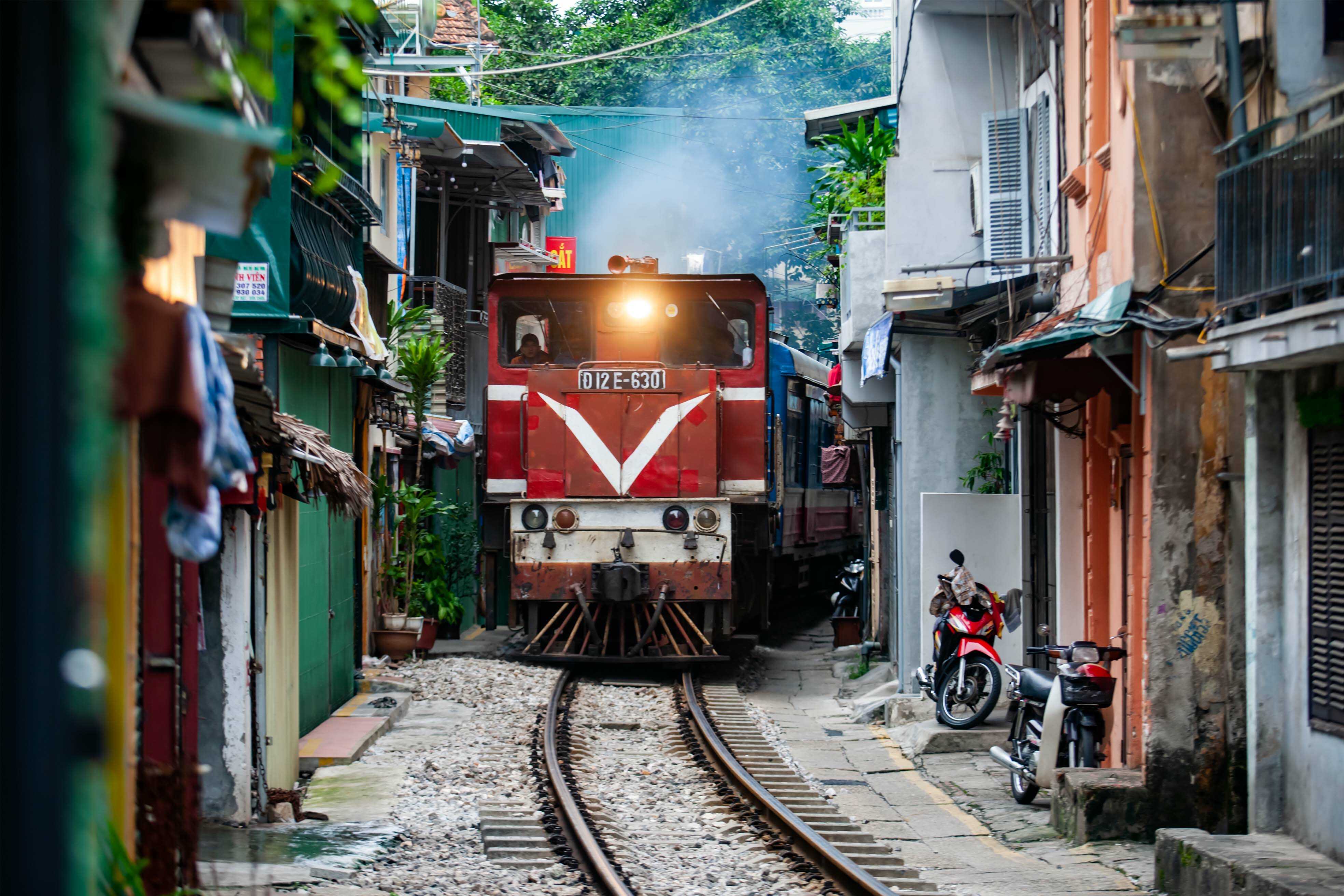Hang Gai Street Hanoi: Overview, What to Do & Tips
Hang Gai Street is the vibrant heart of Hanoi's silk trade, a must-visit destination in the historic Old Quarter. Known affectionately as Silk Street, it's a place where centuries of history, craftsmanship, and culture converge. In this GTrip guide, we'll walk you through everything you need to know, from its fascinating history and the best things to do, to insider tips for shopping like a local. Experience the vibrant colors, rich textiles, and true rhythm of Hanoi through silk shopping, historic sites, and its unique atmosphere.
Where is Hang Gai Street
Nestled on the edge of the iconic Hanoi Old Quarter, Hang Gai Street is a bustling yet relatively short avenue, measuring just 253 meters. Despite its modest length, it serves as a vital artery. The street connecting Hang Bong Street to the west with the major thoroughfare of Hang Dao to the south, placing it right at the center of the city's commercial and cultural activity. Its prime location near Hoan Kiem Lake makes it an unmissable stop for any visitor exploring the capital.
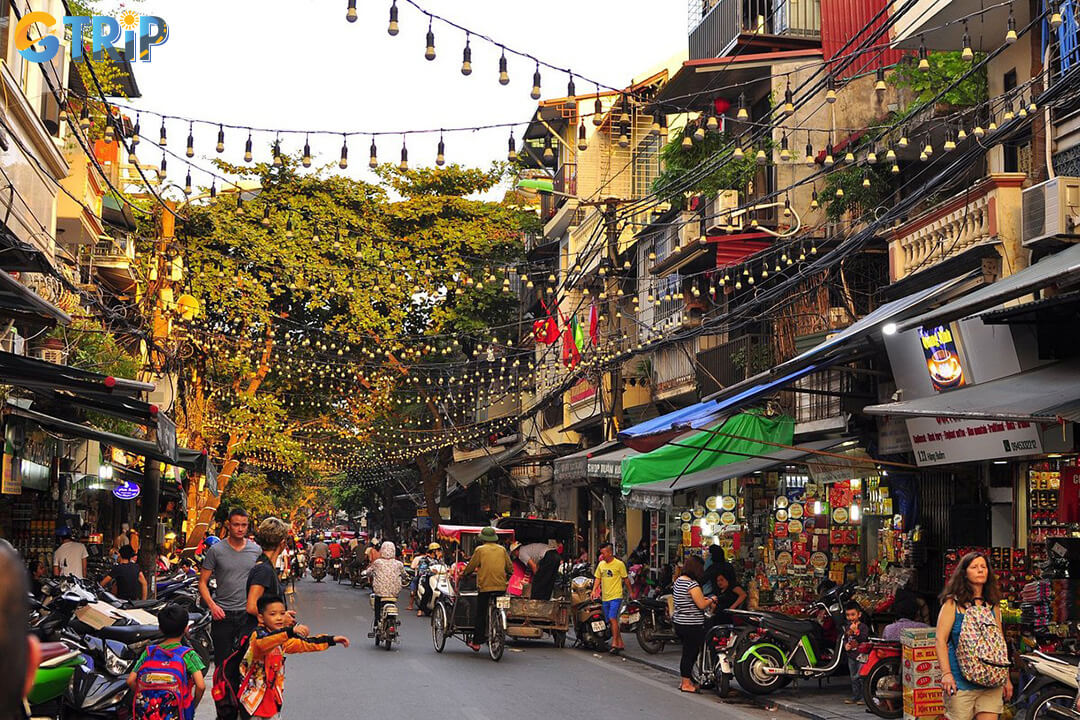
Hang Gai Street is a short but central hub linking Hanoi’s Old Quarter with Hoan Kiem Lake, rich in both commercial and cultural significance
History and origin of Hang Gai Street
The story of Hang Gai is a fascinating tale of transformation. In its earliest days, during the Le Dynasty, the street got its name "Hang Gai" from its specialty in selling products made from hemp (cay gai), such as ropes, jute cords, and hammocks. It served as a crucial commercial route for the Thang Long imperial citadel.
The French colonial influence is still etched into its history, as they referred to the street as "rue du Chanvre", which translates to "Hemp Street", further cementing its original identity as a center for the hemp trade. This name underscored the street's primary economic role during that period.
However, the 19th century ushered in a new era. The book printing trade began to flourish, and numerous woodblock carving and book-selling shops emerged. This commercial shift led the traditional rope vendors to relocate, yet the street retained its historic name, Hang Gai, preserving a piece of its past.
By the late 19th century, the hemp and printing trades declined, paving the way for what would become the street's lasting legacy, silk. Hang Gai evolved into a premier destination for silk commerce, attracting skilled artisans specializing in weaving, dyeing, and embroidery. Although the original trades have vanished, today the street remains a vibrant hub with over a hundred shops dedicated to silk, handicrafts, and souvenirs. The shop in Hang Gai Street serves as a major tourist and shopping destination in modern Hanoi.
Things to do on Hang Gai Street
Bespoke tailoring and quiet moments of reflection, Hang Gai Street offers a diverse range of activities to enrich your Hanoi itinerary.
1. Shop for Vietnamese silk
Shopping for high-quality silk is the main event on Hang Gai Street. The street is lined with a dazzling array of boutiques and tailor shops, many of which have been operating for decades. Here, you can find a vast selection of silk products, for instance, luxurious custom-tailored ao dai (traditional Vietnamese dresses), elegant scarves, and finely crafted home furnishings.
The quality and craftsmanship of the silk sold here are renowned, with many products sourced from famous craft villages like Van Phuc. If you are looking for ready-to-wear fashion from established brands like Tan My Design, or commissioning a custom-tailored suit that can be ready in as little as 24 hours.

Hang Gai Street is Hanoi’s top spot for premium silk, featuring long-standing boutiques with ready-to-wear items and custom tailoring
2. Browse souvenir shops for lacquerware
Beyond its famous silks, Hang Gai and its surrounding streets are a treasure trove for high-quality Vietnamese lacquerware. These items make for stunning and lightweight souvenirs. The intricate process of creating lacquerware involves coating wood with layers of resin, resulting in beautifully polished and durable pieces.
In the shops, you'll discover a wide variety of lacquerware products, including decorative plates, bowls, jewellery boxes, and coasters. Each piece showcases the meticulous artistry of local craftspeople, featuring detailed designs that often depict traditional Vietnamese scenes and motifs. It's a perfect opportunity to find a unique, handcrafted gift or a decorative piece for your home.
3. Visit the historic Co Vu Communal House
For a quiet escape from the bustling commercial activity, step into the Co Vu Communal House at 85 Hang Gai Street. This historic site offers a peaceful sanctuary and a glimpse into the traditional spiritual life and architecture of old Hanoi. Shaded by a majestic banyan tree at its entrance, the communal house is a place where locals still come to worship tutelary gods.
Having undergone several restorations, the house retains its ancient architectural features and preserves precious cultural artefacts, including stone steles that date back to 1778. A visit here provides a serene moment of reflection and a deeper appreciation for the layers of history that exist amidst the modern storefronts.
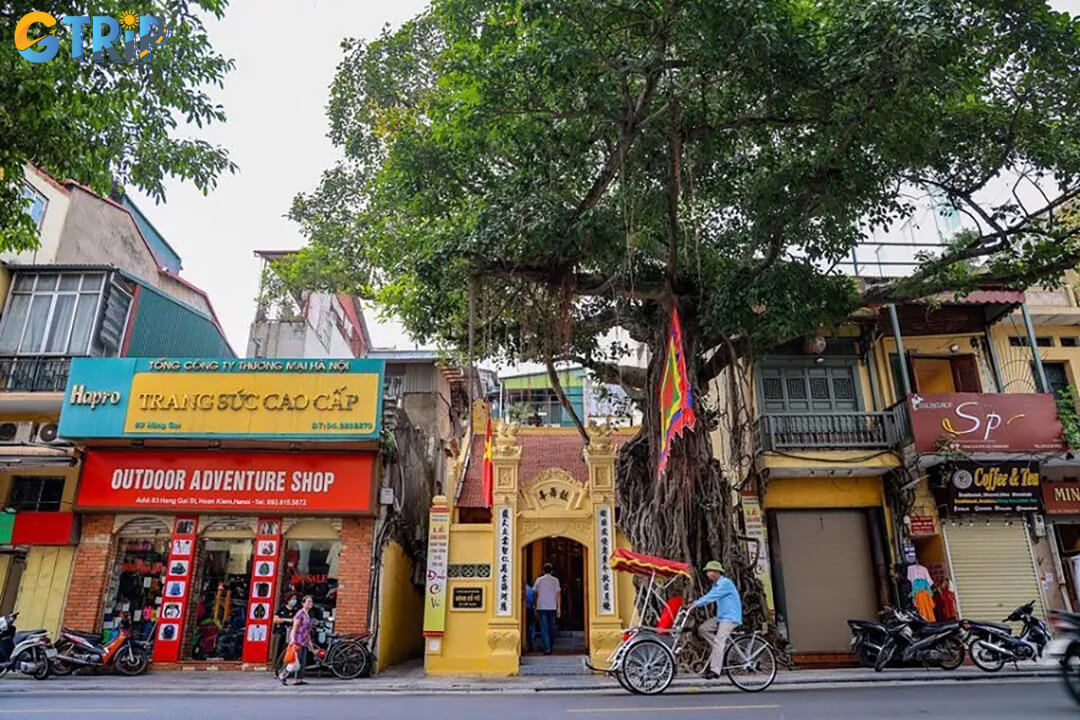
Co Vu Communal House offers a peaceful retreat on Hang Gai Street, revealing Hanoi’s spiritual heritage and centuries-old architecture amid the city’s bustle
4. Join guided walking tours
To truly understand the rich tapestry of the Old Quarter, consider joining a guided walking tour. While wandering Hang Gai on your own is enjoyable, a local guide can unlock the stories and hidden details behind the historic facades and narrow alleys. Tours often last a few hours and are best enjoyed in the morning to catch the vibrant market life and beautiful light for photography.
These tours cover the highlights of Hang Gai and connect you to the broader history of the "36 guild streets". An expert guide adds context, highlights key details, and turns a simple walk into a deeper cultural experience.
5. Relax in cafes to people-watch
Hang Gai Street is dotted with charming cafes, some tucked away in historic buildings, offering a perfect respite from a busy day of exploring. These spots provide an ideal vantage point for one of Hanoi's most enjoyable pastimes: people-watching. Grab a seat, order a traditional Vietnamese egg coffee, and watch the endless, vibrant flow of locals, tourists, and vendors.
Some cafes, like the hidden Ca Phe Pho Co, are destinations in themselves, located deep inside narrow alleys and preserving century-old architecture. Finding one of these gems allows you to step back in time, enjoy a quiet moment in a historic courtyard, and even capture stunning views of Hoan Kiem Lake from a rooftop terrace.
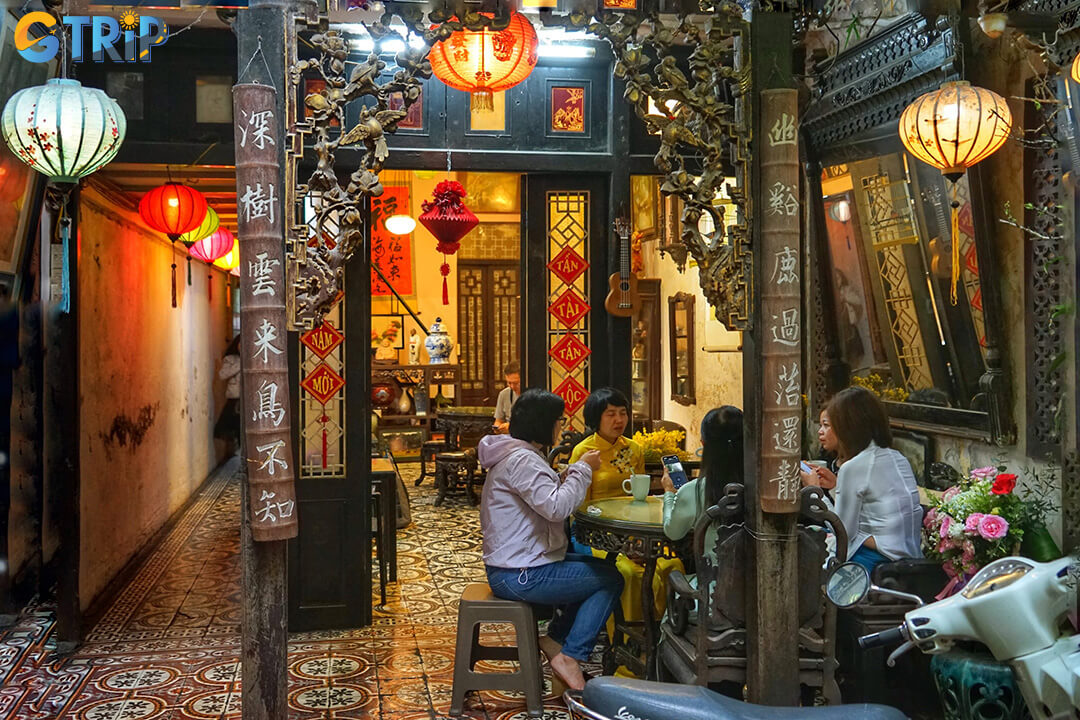
Hang Gai Street’s hidden cafes offer a cozy break with egg coffee, people-watching, and a glimpse into Hanoi’s historic charm, some even boasting rooftop lake views
6. Attend silk workshops or watch artisans at work
For a more immersive experience, look for shops that offer a behind-the-scenes glimpse into the world of silk production. Some establishments on Hang Gai allow visitors to watch skilled artisans as they meticulously work on hand-embroidery or weave intricate patterns into the fabric. This provides a profound appreciation for the skill, patience, and tradition that goes into each piece.
While dedicated workshops are less common directly on the main street, inquiring at high-end boutiques can sometimes lead to opportunities to see craftsmanship up close. Observing an artisan transform a simple piece of silk into a work of art is a memorable experience that connects you directly to the living heritage of Hang Gai.
7. Take photos of colorful storefronts
Hang Gai Street is a photographer's delight. The street is a vibrant canvas, with storefronts bursting with colorful silks, lanterns, and handcrafted goods. The blend of traditional Vietnamese architecture with French colonial influences creates a uniquely charming backdrop.
Early morning is an excellent time for photography, as the soft light illuminates the rich yellowed plaster of the old buildings and makes the colors of the silk displays even more vibrant. Capture the details of the lively storefronts, the textures of the fabrics, and the dynamic energy of the street to create lasting visual memories of your time in Hanoi's Old Quarter.
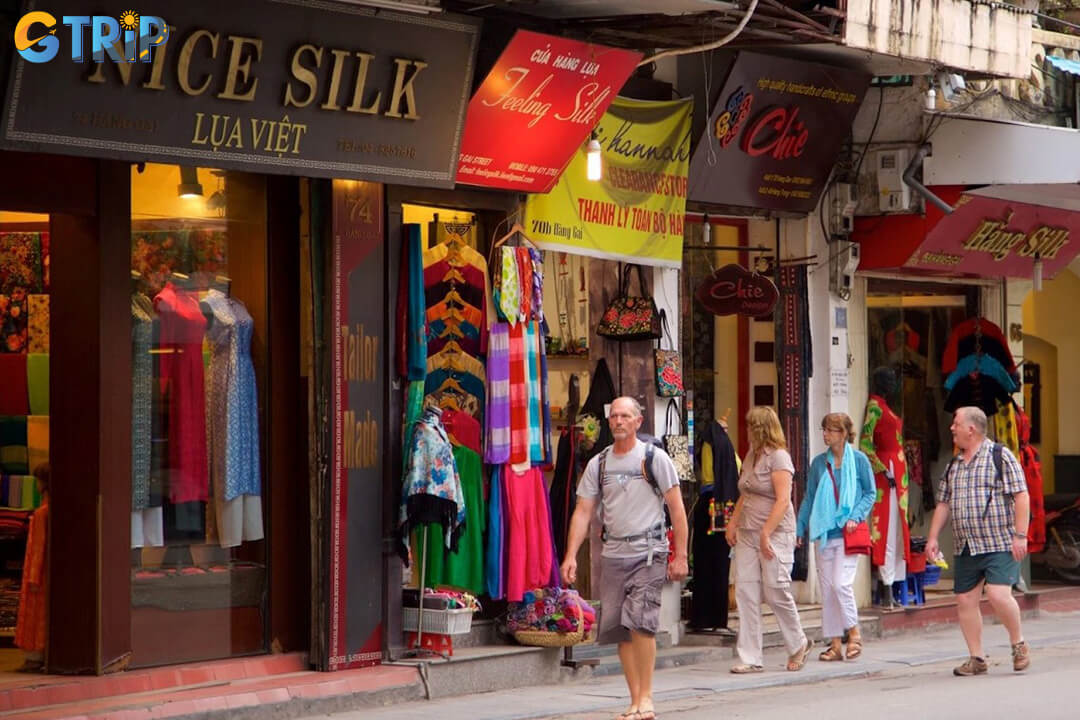
Hang Gai Street is a visual feast for photographers, with colorful silk shops, historic architecture, and vibrant street scenes best captured in the soft morning light
Tips for visitors when visiting Hang Gai Street
Here are a few practical tips to help you shop smarter and avoid common pitfalls while exploring Hanoi’s vibrant markets and speciality streets:
- Always bargain for a good deal: Haggling is expected in most shops, so don't hesitate to negotiate for a better price, often starting at 50 - 70% of the asking price.
- Beware of fake silk products: To ensure you're buying genuine silk, you can ask for a burn test; real silk will burn completely, while synthetics will melt.
- Shop hours: Most shops are open daily from approximately 8:00 AM to 9:00 PM.
- Recommended visit duration: Plan for 1 - 3 hours for browsing and shopping, but allow more time if you plan on ordering custom-tailored clothing.
Sights near Hang Gai
Hang Gai's central location means it's just a short walk from many of Hanoi's most famous attractions, making it easy to combine your shopping trip with more sightseeing.
1. Hoan Kiem Lake
Just a stone's throw from Hang Gai, Hoan Kiem Lake, or the "Lake of the Returned Sword", is the geographical and cultural heart of Hanoi. This scenic freshwater lake is a central gathering spot for locals and tourists alike, perfect for a stroll, morning tai chi, or simply relaxing. Key sights at the lake include the iconic red The Huc Bridge, which leads to the Ngoc Son Temple on a small island, and the historic Turtle Tower in the center of the lake.

Just steps from Hang Gai, Hoan Kiem Lake is Hanoi’s cultural heart, a scenic spot for strolls, tai chi, and iconic landmarks like The Huc Bridge and Turtle Tower
2. Ta Hien Street
Known as Hanoi's quintessential "Beer Street", Ta Hien comes alive every evening. It's the beating heart of the city's nightlife, where locals and travelers gather on small plastic stools to enjoy cold, fresh bia hoi (draft beer) and a variety of delicious street food. The atmosphere is energetic and social, with a charming mix of traditional Vietnamese architecture and modern, bustling bars.
3. Hang Ma Street
If you're visiting around a major holiday like the Mid-Autumn Festival or Tet (Lunar New Year), a trip to Hang Ma Street is essential. This street is famous for its festive decorations, transforming into a sea of red and gold for Tet or a wonderland of colorful lanterns for the Mid-Autumn celebration. Throughout the year, you can find paper goods, toys, and decorations for various occasions, making it one of the most visually vibrant streets in the Old Quarter.
4. Phung Hung Mural Street
Phung Hung Mural Street features a series of large-scale murals painted on the stone arches of a railway viaduct. Created by Vietnamese and Korean artists, the murals capture nostalgic scenes of old Hanoi, from festivals and ao dai-clad schoolgirls to vendors and iconic trams. It has become a popular spot for photos and a wonderful open-air gallery that beautifully preserves the city's cultural heritage.
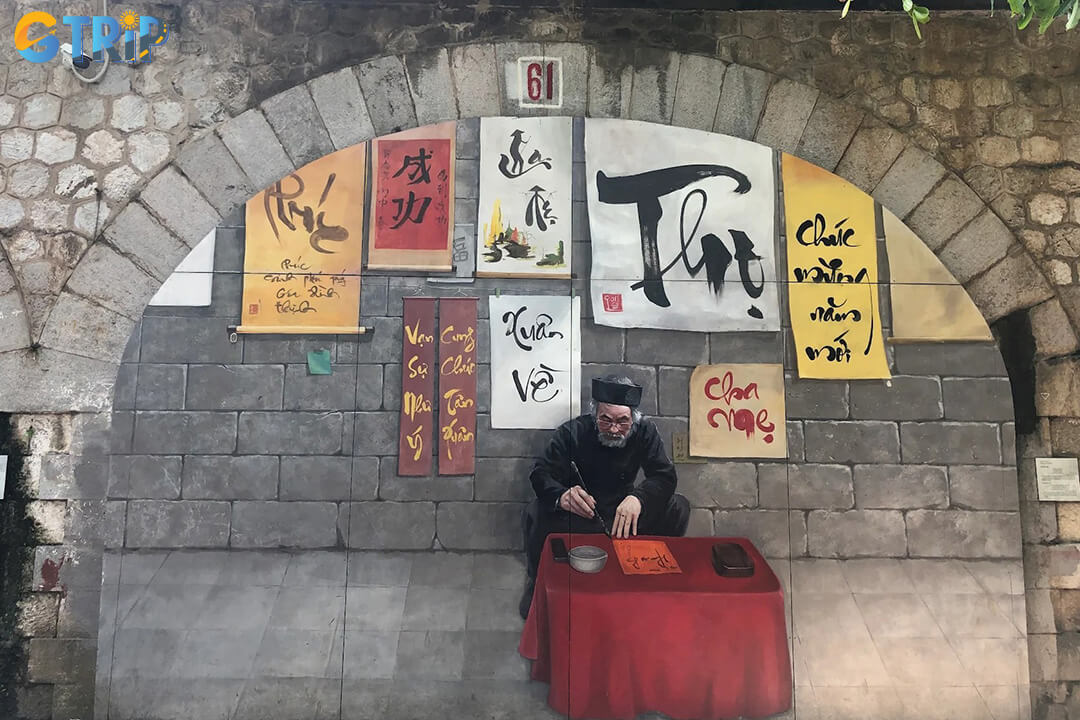
This mural-filled railway street showcases vibrant scenes of old Hanoi, blending art and heritage in a striking open-air gallery loved by locals and visitors
In conclusion, Hang Gai Street offers a journey that goes far beyond a simple shopping trip. It's an immersive dive into the heart of Hanoi's cultural identity, where every thread of silk is woven with a story of history and craftsmanship. Exquisite textiles and handcrafted souvenirs, to the serene presence of the Co Vu Communal House and the lively buzz of nearby attractions, the street is a microcosm of the city itself. As your trusted travel partner, GTrip invites you to explore this iconic street and let its vibrant energy elevate your journey.

